
The NSW government has confirmed land close to seven Newcastle and Lake Macquarie train stations will be "snap rezoned" for higher housing density.
The government will impose new planning controls within 400 metres of 31 train stations across Sydney, Newcastle and Illawarra to "make residential flat building permissible in all residential zonings".
The seven Newcastle stations identified in the "Transport Oriented Development" program are the Newcastle Interchange, Hamilton, Adamstown, Kotara, Teralba, Booragul and Morisset.
Mapping tools show the planning controls sometimes could conflict with the goals of Newcastle council, especially around the interchange.

The 400-metre radius from the interchange takes in all of the Wickham "village hub" preserved for low density in the council's adopted Wickham Masterplan.
The village hub area is zoned B4 for mixed uses and has a height limit of three storeys.
Planning Minister Paul Scully announced last week that the government would amend state planning policies to override council controls near train stations if they did not allow for enough density.
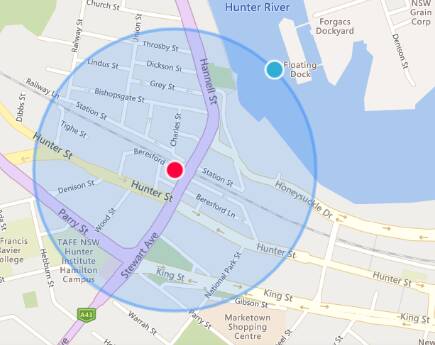
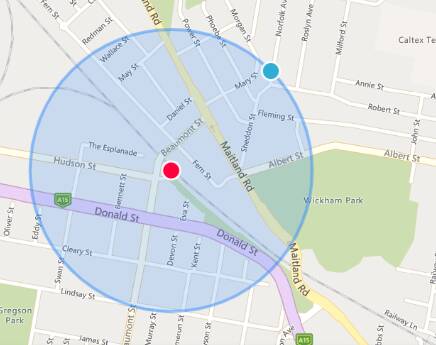
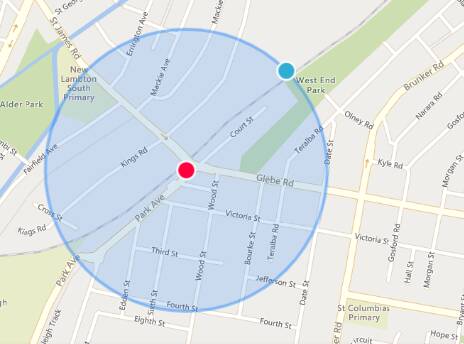
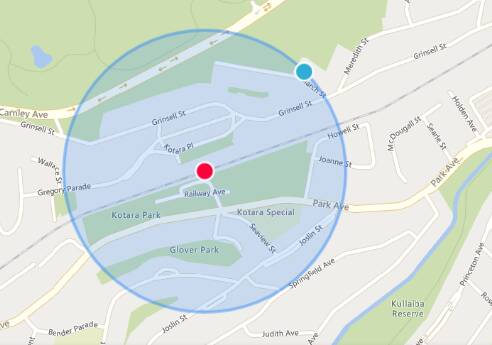
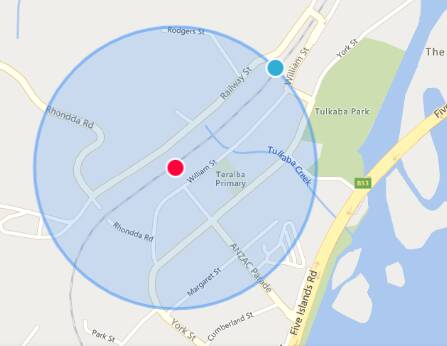
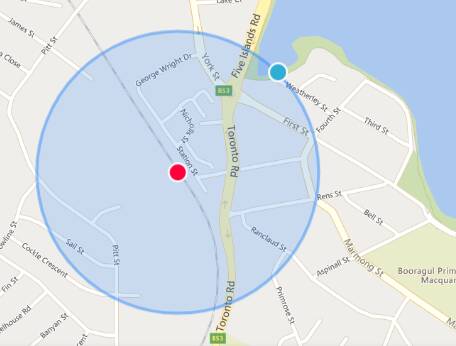
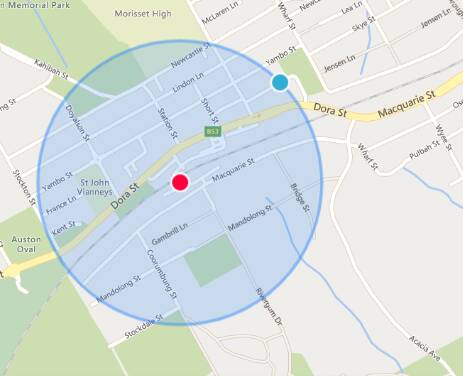
He said the changes would include allowing six-storey buildings in R3 medium-density zonings and "appropriate employment zones", regardless of council standards.
The Labor-led Newcastle council already has a strategy of prioritising "in-fill" development over urban sprawl, but the state's planning strategy could take some control away from the city's decision-makers.
Council chief executive Jeremy Bath said on Wednesday that it was unclear what the zoning changes around the train stations would mean.
"There's a lot of information currently unknown, and a fair bit of danger in assuming everything has been 100 per cent decided," he said.
"Right now we just don't know if the government intends to consult with affected councils and their communities.
"Newcastle is in perhaps a unique situation where our strategic planning documents have been using a version of the 400-metre principle for transport and retail hubs for almost a decade."
He said Newcastle did not have "significant parcels of undeveloped land and so density has long been our preferred strategy for increasing housing supply".
"City of Newcastle works very collaboratively with the Department of Planning," he said.
"It's probably mostly for that reason that I'm confident that where conflicts potentially now exist with council-adopted planning strategies, such as the Wickham Masterplan, we will work through this in a commonsense manner."
The list of train locations destined for higher density excludes Broadmeadow and Cockle Creek, two suburbs earmarked for substantial redevelopment.
The government has said it will publish a draft strategy for the proposed Hunter Park sport, leisure and residential precinct early next year.
Hunter Park is at the centre of an Independent Commission Against Corruption investigation into whether Newcastle MP Tim Crakanthorp failed to adequately disclose his extended family's property interests at Broadmeadow.
It is possible Broadmeadow station was left off the list because the government already has master plans in train to deliver substantially higher housing density in the suburb.
Hunter Park and Cockle Creek require significant state investment, which is something the government is seeking to avoid by promoting higher densities via in-fill development using existing infrastructure.
The government has also nominated 1200-metre "tier-one" zones around eight Sydney rail stations where the government will intervene to rezone land for housing by November next year in an effort to speed up housing supply and relieve pressure on prices.
The previous government announced last year that Broadmeadow was one of 10 stations earmarked for a state-led rezoning program, but it was not among the locations announced on Thursday.
The government said on Thursday that it would provide $520 million for road upgrades, active transport links and public open spaces around the eight tier-one zones in Sydney.
Industry group Urban Development Institute of Australia said on Wednesday that it welcomed the government's strategy but believed the new planning targets should extend to allowing 10-storey apartments within 800 metres of the 31 train stations "to account for the current economic conditions and rapid escalation of construction costs".
"TOD is a central characteristic of all the great cities of the world, and this draft program puts our ... cities on track to meet this global standard," the UDIA said in a statement.
Under the National Housing Accord, NSW needs to deliver 377,000 new homes in the five years from July 1, 2024.














